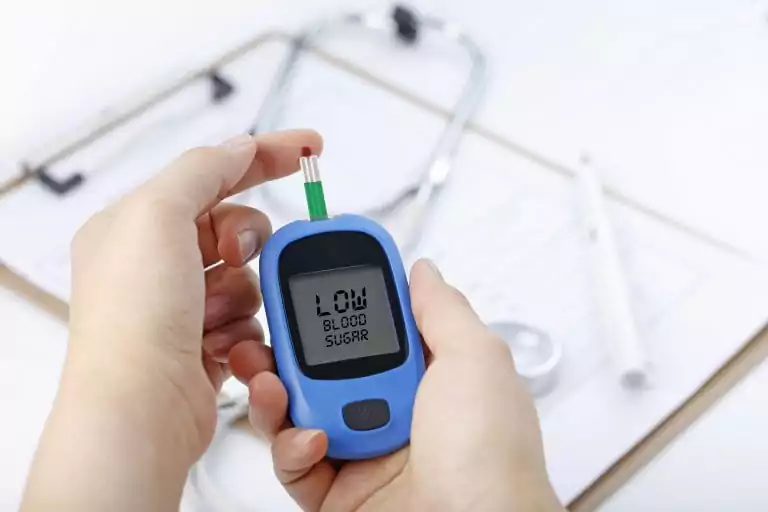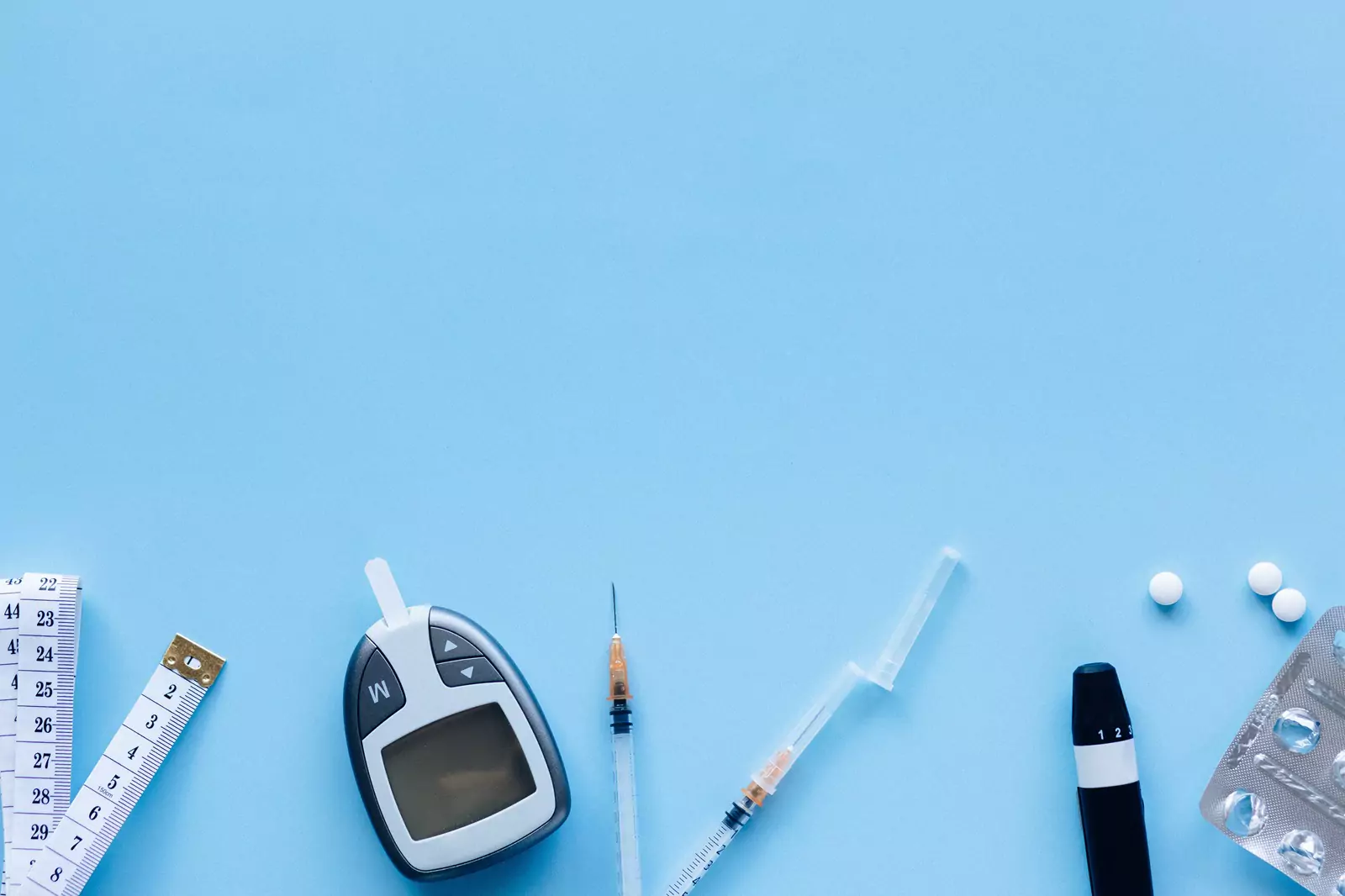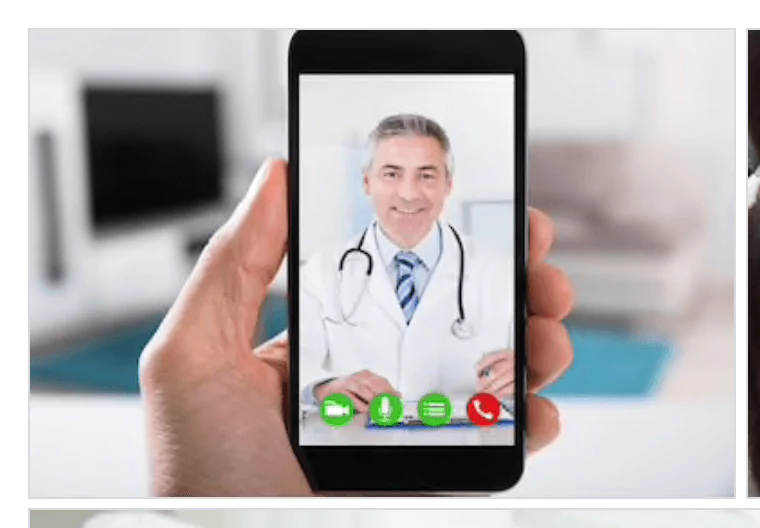





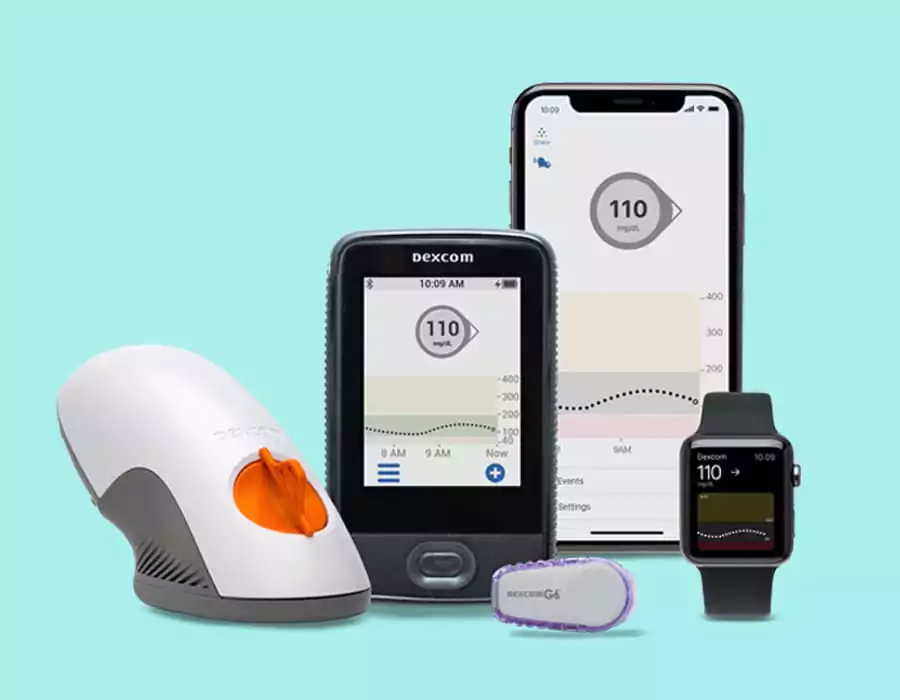
Dexcom G6 Transmitter Sensors | Dexcom G6 Cost | SugarMDs


Table of Contents
- Summary
- How much does Dexcom G6 cost?
- Cost of Dexcom G6 Sensors
- Dexcom G6 Transmitter Pricing
- Dexcom G6 Receiver Expenses
- Starter Kit Pricing
- Annual Out-of-Pocket Cost Estimation
- Insurance Coverage and Its Impact on Dexcom G6 Costs
- Coverage by Commercial Insurance Plans
- Medicare and Medicare Advantage Coverage
- Medicaid and Other Public Insurance Insights
- What if your insurance company or employer does not cover Dexcom G6 cost?
- Depressed due to DexcomG6 cost?
- Watch Dexcom G6 Video here.
- Available Savings and Discount Programs
- Manufacturer Copay Savings and Assistance Programs
- Pharmacy Discount Cards and Coupons
- Use of HSA and FSA Funds
- Free Trial and Promotional Offers
- Is Dexcom G6 cost truly worth it?
- Why Dexcom is so expensive?
- High Manufacturing Costs and Technology Complexity
- Impact of Production Scale on Future Pricing
- How SugarMD Supports Patients Managing Dexcom G6 Costs
- Assistance with Prescriptions and Prior Authorization
- Insurance Navigation and Cost Management Support
- Telehealth and Continuous Care Services
- Conclusion
- About the Author
Summary
-
Dexcom G6 may cost between $3,800 and $7,000 yearly without insurance.
-
Dexcom’s main components include sensors, transmitters, and optional receivers
-
Most commercial insurances, Medicare, Medicaid, and VA plans cover Dexcom, often with very low out-of-pocket costs
-
Savings are available through manufacturer programs, discount cards, HSAs or FSAs, and trial offers
-
SugarMD helps simplify prescription approvals, insurance navigation, and continuous care
Deciding on a Continuous Glucose Monitoring (CGM) system is more than picking the latest gadget; it's about choosing a tool that fits both your life and your budget. The Dexcom G6 offers real-time glucose tracking, which can transform diabetes management. But clarity around its cost, especially without insurance, has to come first. This guide walks you through the full cost breakdown, coverage options, and how SugarMD can make it feel more manageable.
How much does Dexcom G6 cost?
Let’s break down out-of-pocket pricing for those not covered by insurance.
-
Cost of Dexcom G6 Sensors
Each sensor lasts about 10 days, and the packs cost between $150 to $200. With GoodRx coupons, you might pay as low as $172.53 for a three-pack, compared to the $533.49 average retail price.
For more details about how long each sensor lasts and what affects its lifespan, check out our guide on how often to change your Dexcom sensor.
-
Dexcom G6 Transmitter Pricing
A transmitter lasts 90 days and can cost $366, totaling around $1,400 per year. Through SingleCare coupons, some pharmacies list it as low as $184.49. See Dexcom transmitter prices.
Also, here's a helpful breakdown on when to replace your Dexcom G6 transmitter every three months and why it matters for performance and accuracy.
-
Dexcom G6 Receiver Expenses
If you prefer a standalone receiver over a smartphone, expect a one-time cost of $600 to $700, though prices vary. Get receiver pricing details.
-
Starter Kit Pricing
Starter kits, including sensors, transmitter, and receiver, range from $1,200 to $1,500, depending on the retailer.
Annual Out-of-Pocket Cost Estimation
Bringing it all together:
-
Sensors: ~$1,800 annually
-
Transmitters: ~$1,400 annually
-
Receiver: ~$600 one-time
-
Estimated annual total: $3,800–$3,900 with smart savings
Without discounts, costs could climb to $6,000–$7,000 per year.
Insurance Coverage and Its Impact on Dexcom G6 Costs
Insurance options can make this device much more accessible.
-
Coverage by Commercial Insurance Plans
Most major insurers cover Dexcom G6, often reducing copays to $0–$20 monthly, depending on benefit structure and deductible status.
Want to understand the monthly expense more clearly? See our breakdown on the monthly cost of Dexcom explained.
-
Medicare and Medicare Advantage Coverage
Under Medicare Part B, Dexcom G6 qualifies as durable medical equipment if you’re insulin-dependent and meet clinical criteria. However, Medicare mandates use of a receiver, even if you also use a smartphone. Out-of-pocket costs are about 20% coinsurance, unless supplemental coverage applies.
-
Medicaid and Other Public Insurance Insights
Medicaid coverage varies by state. Most states require prior authorization and clinical documentation to provide Dexcom coverage for eligible patients.
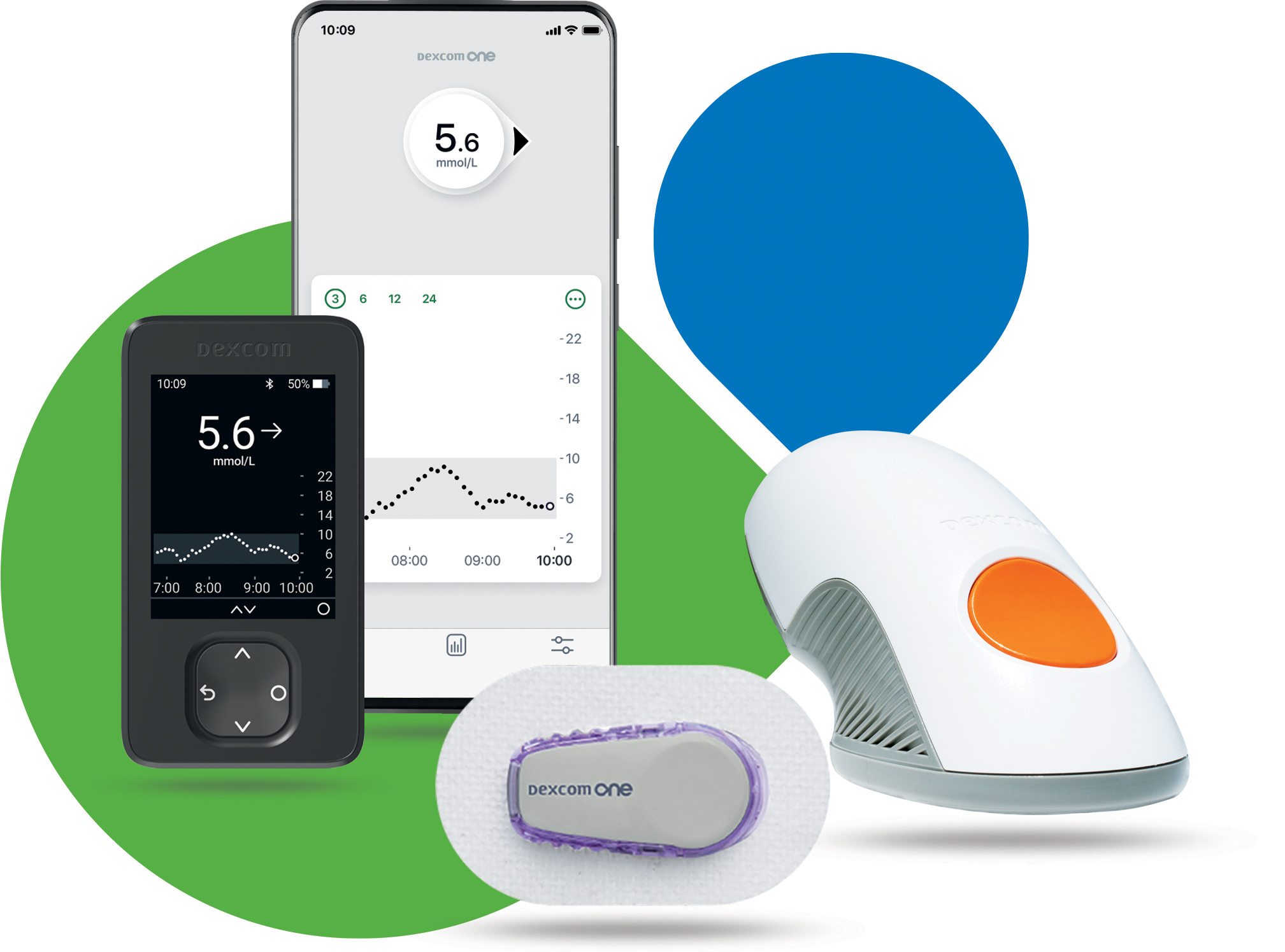
What if your insurance company or employer does not cover Dexcom G6 cost?

Depressed due to DexcomG6 cost?
Let us say you have found out that your insurance does not cover Dexcom G6 cost. What do you do? Become depressed? Hate your insurance? 8 your employer? Or Rotter, you can advocate with your insurance or the employer for better coverage? I think this second option would be wiser.
Sometimes the decision-maker on the employer side simply doesn’t know how their policy choices affect employees living with diabetes and once informed they could make a better decision next time around.
Watch Dexcom G6 Video here.
Available Savings and Discount Programs
There are ways to lower costs even without insurance.
-
Manufacturer Copay Savings and Assistance Programs
Dexcom offers $210–$600 discounts on sensor packs and transmitters through its pharmacy savings program. Additionally, they have a Patient Assistance Program for qualifying individuals. Explore Dexcom savings options.
Want a full guide on all the ways you might qualify? Check out how to get a Dexcom G6 for free.
-
Pharmacy Discount Cards and Coupons
Platforms like GoodRx or SingleCare often slash CGM part prices dramatically, including $220 off sensor packs or transmitters.
-
Use of HSA and FSA Funds
Both Health Savings Accounts and Flexible Spending Accounts can be used to pay for Dexcom G6 supplies, helping offset out-of-pocket spending.
-
Free Trial and Promotional Offers
Dexcom occasionally offers trial programs, sometimes a free 10-day sensor for G7—giving newcomers a cost-free sneak peek.
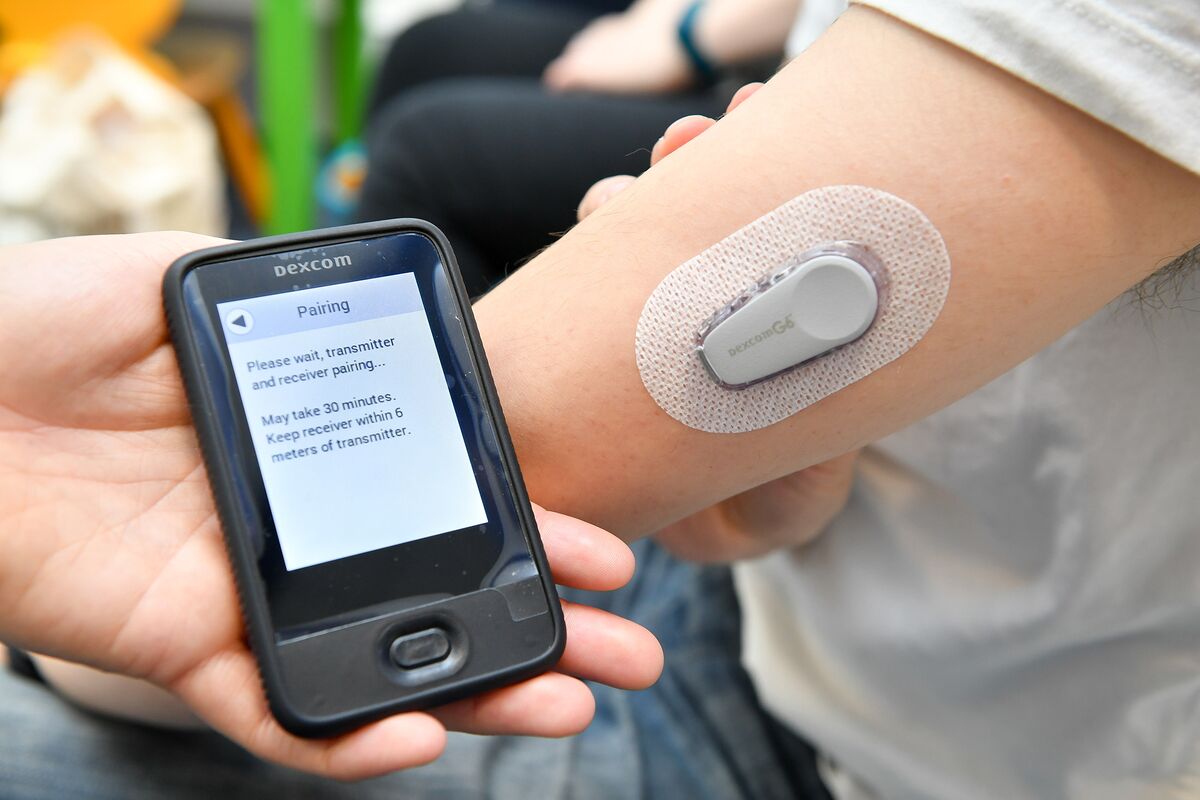
Is Dexcom G6 cost truly worth it?
We believe Dexcom G6 can still improve. It is definitely not yet perfect. 10-day sensor life can be improved. Some people know how to improve the life of the sensor to 20 days. This definitely adds up to the cost of Dexcom G6. Transmitter life of 3 months is too short. If the same transmitter lasted 6 months or a year the cost of Dexcom G6 would definitely be lower.
The receiver adds up to the Dexcom G6 cost. Although it is not necessary Medicare still requires it. This is more than likely because half of the Medicare for ablation does not really use a smart cell phone. A lot of times using a receiver makes their life a lot easier. Yet it definitely increases the cost of Dexcom G6.
Why Dexcom is so expensive?
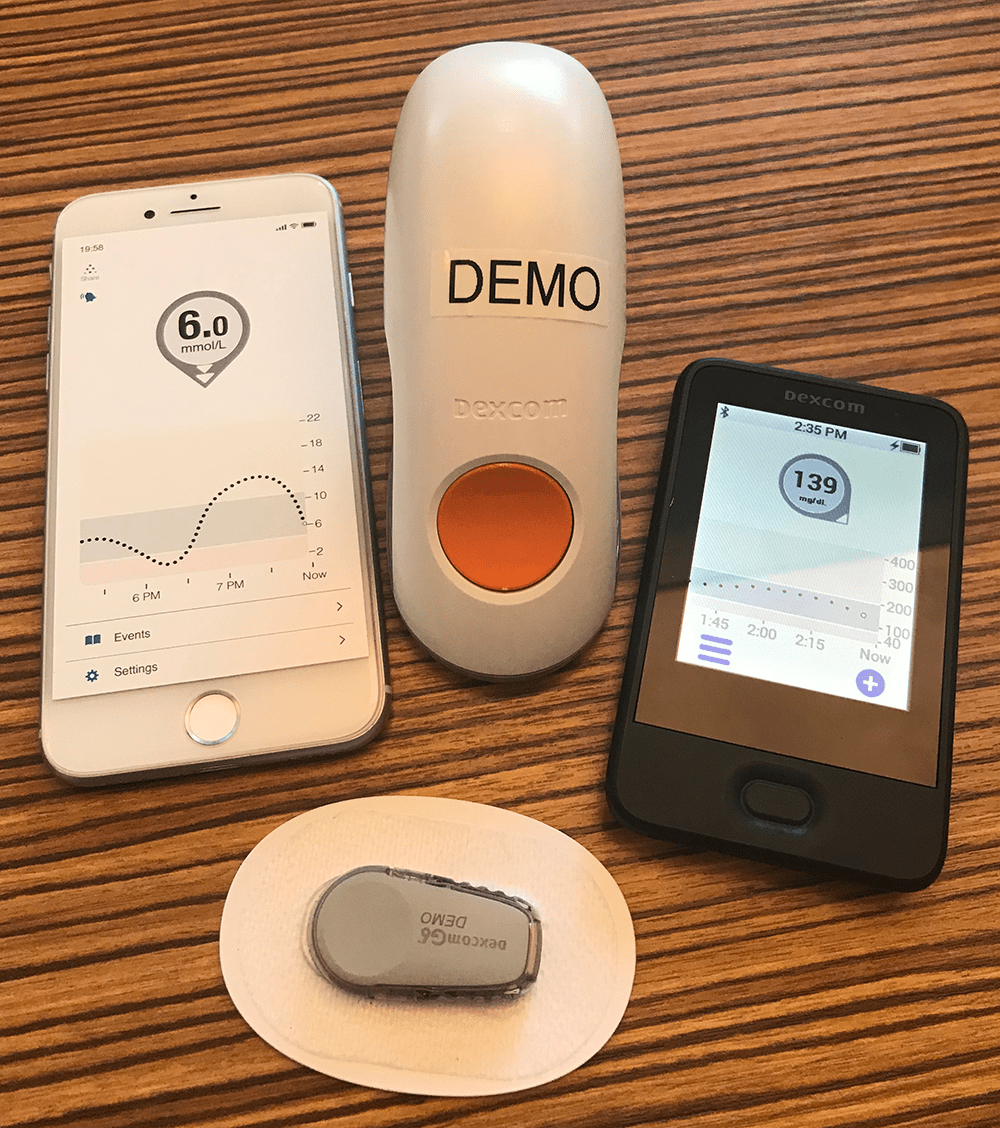
Despite its valuable health benefits, the Dexcom G6 still raises important concerns about affordability and access.
-
High Manufacturing Costs and Technology Complexity
These aren't your average medical tools, they continuously collect and transmit real-time data with precision. That level of innovation leads to higher baseline production costs, which ultimately trickle down to consumers.
Additionally, the cost is not just in the device, but in the ecosystem it supports, Bluetooth connectivity, data analytics, alerts, and long-term reliability. Many users rely on Dexcom’s compatibility with insulin pumps or digital platforms, adding to the product’s value but also its expense.
For more discussion on pricing downsides, visit our breakdown of the affordability and other disadvantages of Dexcom.
-
Impact of Production Scale on Future Pricing
As Dexcom and similar CGM manufacturers ramp up production, the hope is that larger scale will lead to lower unit costs. Increased competition from alternatives like Abbott’s FreeStyle Libre or newer market entrants could also force prices down. However, these changes take time. Until mass-market affordability becomes a reality, navigating Dexcom G6 pricing remains a balancing act for many families.
How SugarMD Supports Patients Managing Dexcom G6 Costs
SugarMD provides comprehensive support to make managing Dexcom G6 expenses less stressful and more affordable.
Assistance with Prescriptions and Prior Authorization
Getting started with Dexcom often involves jumping through insurance hoops. SugarMD simplifies this by handling the prescription process from start to finish. This includes collecting documentation, filling out prior authorization forms, and submitting clinical data, so you’re not stuck waiting or navigating paperwork alone.
Insurance Navigation and Cost Management Support
Every insurance plan is different, and interpreting coverage terms can feel like decoding a puzzle. SugarMD’s team works directly with your insurer to explain your benefits, flag any deductible thresholds, and identify applicable copay savings. If your plan doesn't fully cover Dexcom, they help you explore manufacturer programs, pharmacy discount cards, or FSA/HSA use.
Telehealth and Continuous Care Services
Dexcom isn’t just a device, it’s part of your daily life. SugarMD offers remote support to help you use it effectively. That includes onboarding assistance, virtual coaching on sensor replacement, and tips on interpreting your data. Their physicians monitor trends, provide check-ins, and adjust your diabetes care plan as needed.
You’re not just left with a device, you’re supported with continuous care designed to improve long-term outcomes.
Conclusion
The Dexcom G6 can be expensive, costing between $3,800 and $7,000 a year without insurance. The good news is that many insurance plans, savings programs, and patient support services can lower that cost by a large amount.
Affordable choices do not have to mean less care. With Dexcom’s savings options and SugarMD’s guidance, you can use real-time glucose monitoring at a price that feels more manageable and still get the support you need.
About the Author
Dr. Ergin operates a large diabetes practice mostly in West Palm Beach, FL, and yet can see diabetic patients across the entire state of Florida via a unique telehealth platform which also allows him and his team to track patient progress and be available at all times.
Written By Dr. Ahmet Ergin
458 total articles
Meet Dr. Ahmet Ergin, a highly skilled and dedicated endocrinologist with a passion for diabetes care. Dr. Ergin earned his medical degree with honors from Marmara University in Istanbul. He completed internal medicine residency and endocrinology fellowship at Cleveland Clinic. Dr. Ergin is board-certified in Internal Medicine, Endocrinology, Diabetes, and Metabolism due to his vast medical expertise. He's a certified diabetes educator, author of “The Ultimate Diabetes Book,” and founder of “the SugarMD YouTube channel.” Dr. Ergin offers exceptional diabetes care to his patients in Port Saint Lucie, FL, helping them manage effectively. For a closer look into his insights and experiences, connect with Dr. Ahmet Ergin on LinkedIn, Instagram, and YouTube.”
Disclaimer: These statements have not been evaluated by the Food and Drug Administration. Information on this website isn't intended to treat, cure or prevent any disease. Discuss with your doctor and do not self-treat.
Products





